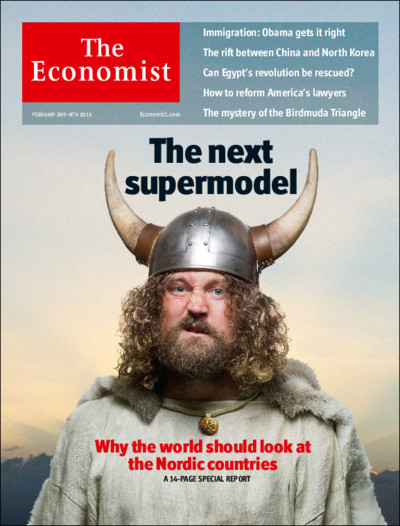A glum day for civil liberties:
Today the U.S. Supreme Court unanimously ruled that “a court can presume” an alert by a drug-sniffing dog provides probable cause for a search “if a bona fide organization has certified a dog after testing his reliability in a controlled setting” or “if the dog has recently and successfully completed a training program that evaluated his proficiency in locating drugs.” The justices overturned a 2011 decision in which the Florida Supreme Court said police must do more than assert that a dog has been properly trained. They deemed that court’s evidentiary requirements too “rigid” for the “totality of the circumstances” test used to determine when a search is constitutional. In particular, the Court said it was not appropriate to demand evidence of a dog’s performance in the field, as opposed to its performance on tests by police. While the Court’s decision in Florida v. Harris leaves open the possibility that defense attorneys can contest the adequacy of a dog’s training or testing and present evidence that the animal is prone to false alerts, this ruling will encourage judges to accept self-interested proclamations about a canine’s capabilities, reinforcing the use of dogs to transform hunches into probable cause.
Writing for the Court, Justice Elena Kagan accepts several myths that allow drug dogs to function as “search warrants on leashes” even though their error rates are far higher than commonly believed





